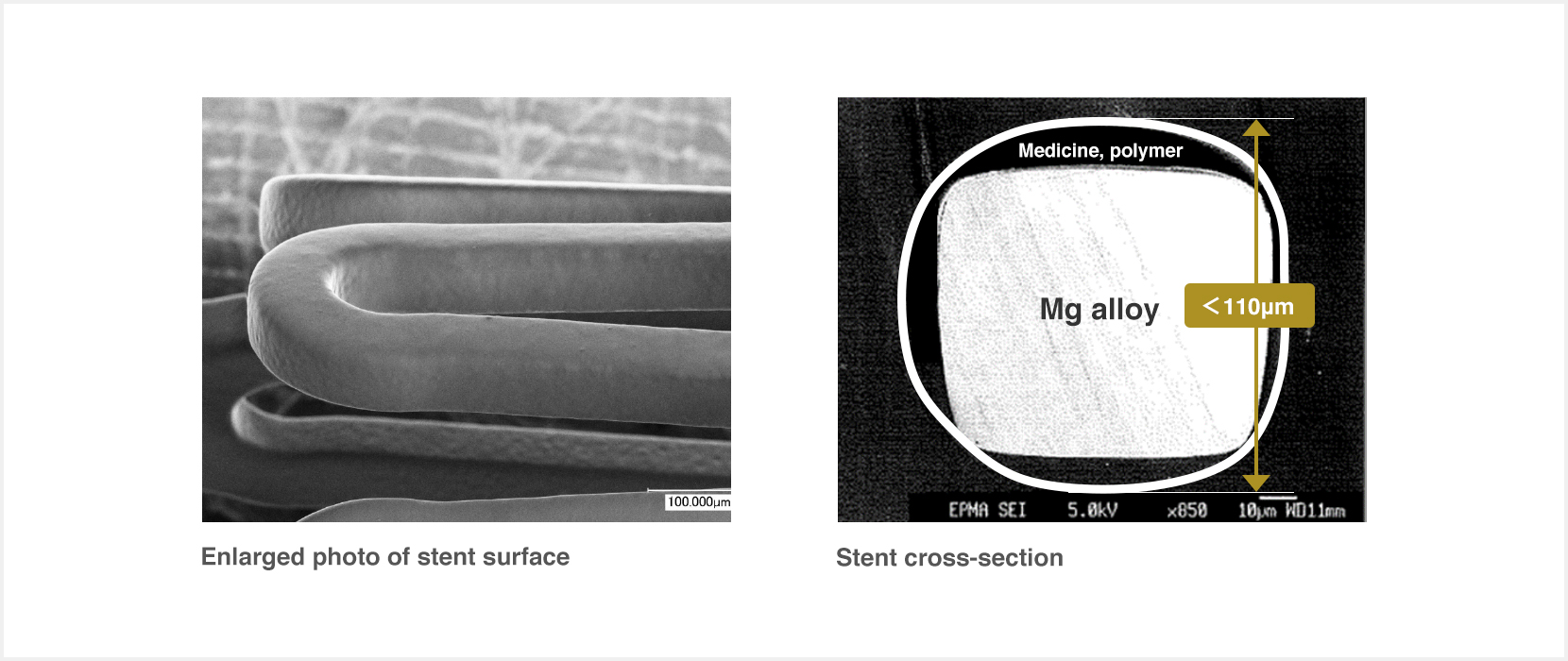R&D
Bioresorbable Magnesium Alloy Stents
– Revolutionizing the Future of Heart Disease Treatments,
from Kumamoto to the World
Angina and heart attack caused by coronary stenosis and occlusion have long been known as the #2 leading cause of death in Japan. Through revolutionary technologies, coronary stents used in heart disease treatment are now synonymous with minimally invasive medical devices. However, once a coronary stent has been implanted, it cannot be removed even after the afflicted area has recovered. Many patients may feel uncomfortable with the idea of having a metal foreign object in their body for long periods of time.
In recent years, bioresorbable scaffolds—the next generation of stents—are gaining traction. The main difference of bioresorbable scaffolds is that they gradually disintegrate as the afflicted area recovers, until they are fully absorbed and disappear. Because they are made mostly out of magnesium, which is an essential element in the body, they have both the strength of a metal while also providing safety and peace of mind.
R&D
The World’s Best Bioresorbable Scaffolds
Magnesium isn’t as strong as metals used in existing stents. Therefore, it is necessary during stent development to make the structure (struts) of the stent thicker in order to improve the stent’s ability to support the blood vessel. At JMDT, using our proprietary microcontrol technologies, we are reinventing the components that make up a stent—its alloy, its design, and its surface (polymer) coating—to combine them and create bioresorbable scaffolds that are as thin and strong as existing stents.
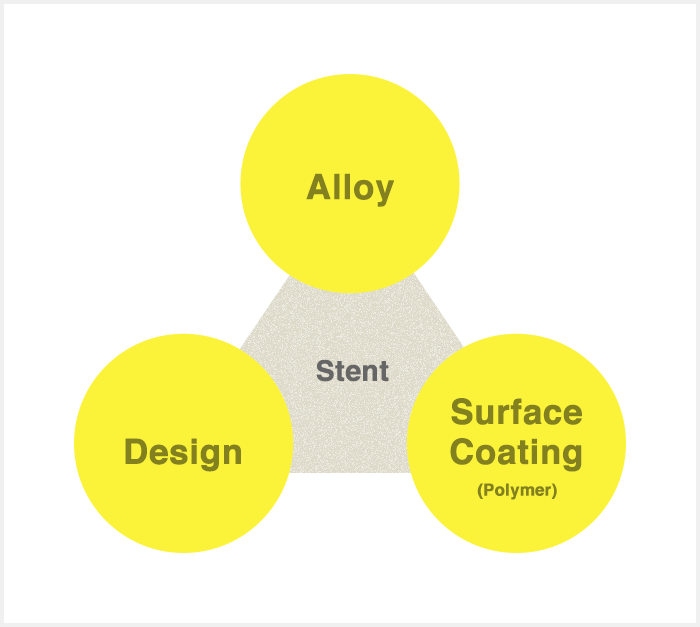
The Alloy
Built Around High Precision Magnesium Alloy
We use magnesium alloy substrate from Fuji Light Metal Co., Ltd., that is free from contamination by other metals and features a fine, uniform structure, resulting in superior safety and flexibility. Another benefit is the seamless structure of the material, which adds durability to the stent.
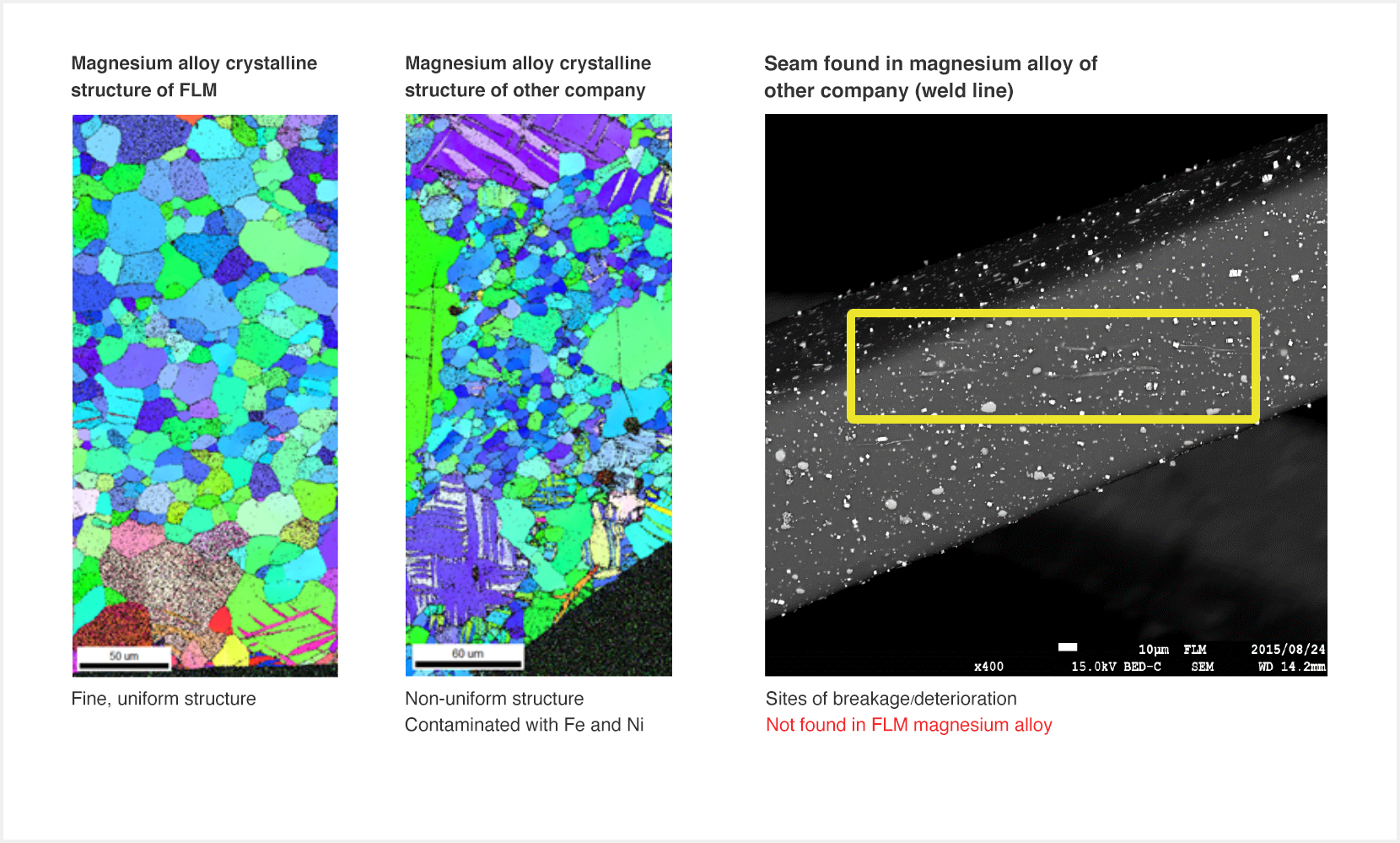
The Design
Computer Analysis Using Finite Element Analysis
Stents consist of cells and links. The cells act to support the blood vessels, while the links link the cells together. It is therefore necessary to optimize the shapes of both the cells and the links to improve vessel support strength. At JMDT, we run repeated computer simulations to find the optimum design.
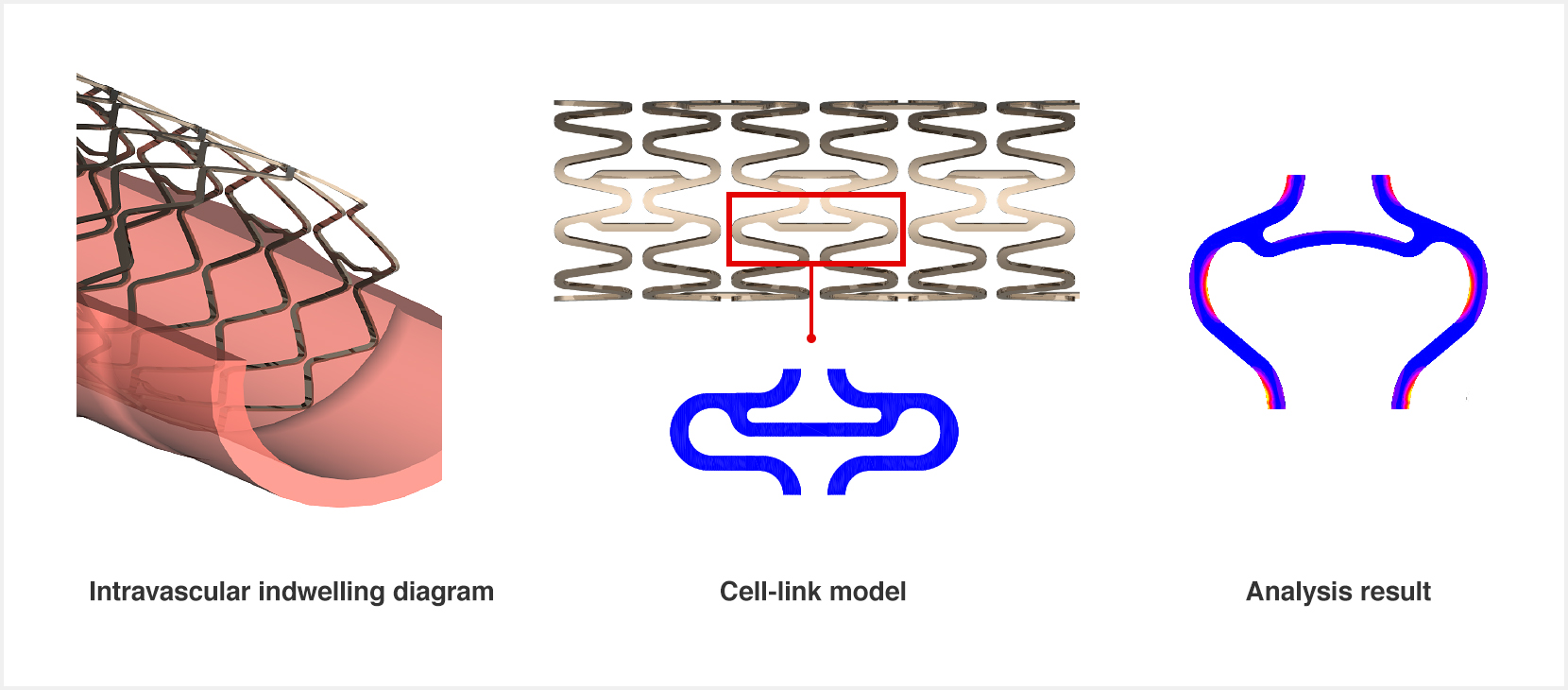
Hyper-accurate, micron-specific devices that fuse science and technology
Improvements in precision machining and electropolishing technologies have made it possible to achieve mirror finishing that meets the world’s highest standards. The surfaces of medical devices come in direct contact with the tissues of the body, meaning that biological or physical properties of those surfaces can influence the recovery of an afflicted body part. As such, we take great care in our hyper-accurate, Japan-quality finishing processes. This is also a critical step in making stent materials thinner.

Going Thinner: The Key to Improved Functionality and Usability
Stents that are currently available on the market all share the fact that they are composed of very thin matrices of material. The struts of any of these stents are only around 100μm thick (the width of a hair). This is an important factor in improving stent functionality and usability. JMDT’s design (matrix structure) maximizes the potential of our magnesium alloy substrate to decrease thickness without sacrificing blood vessel support.
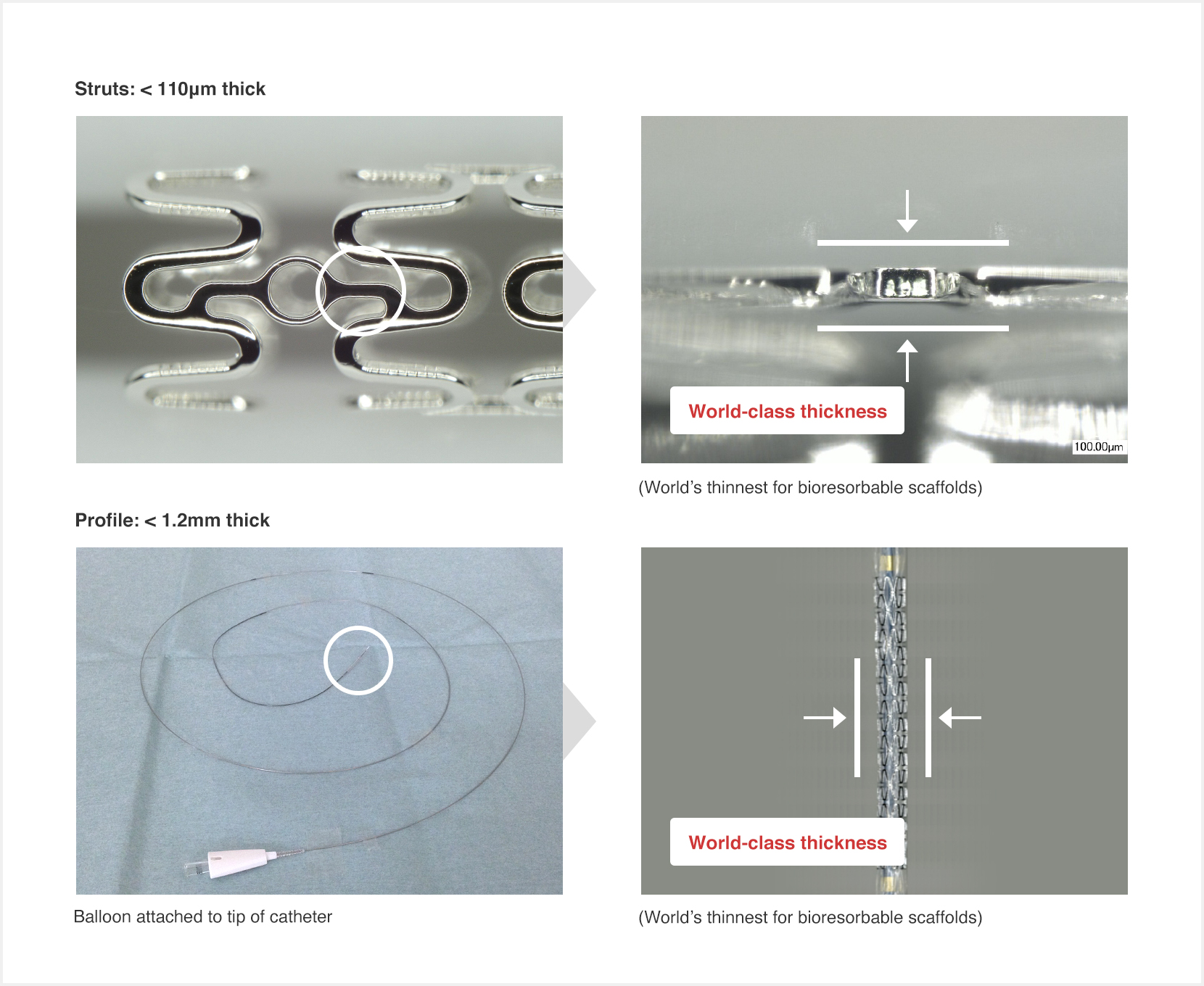
Blood vessel support strength data compared to other stents
(81μm)
(150μm)
(110μm)
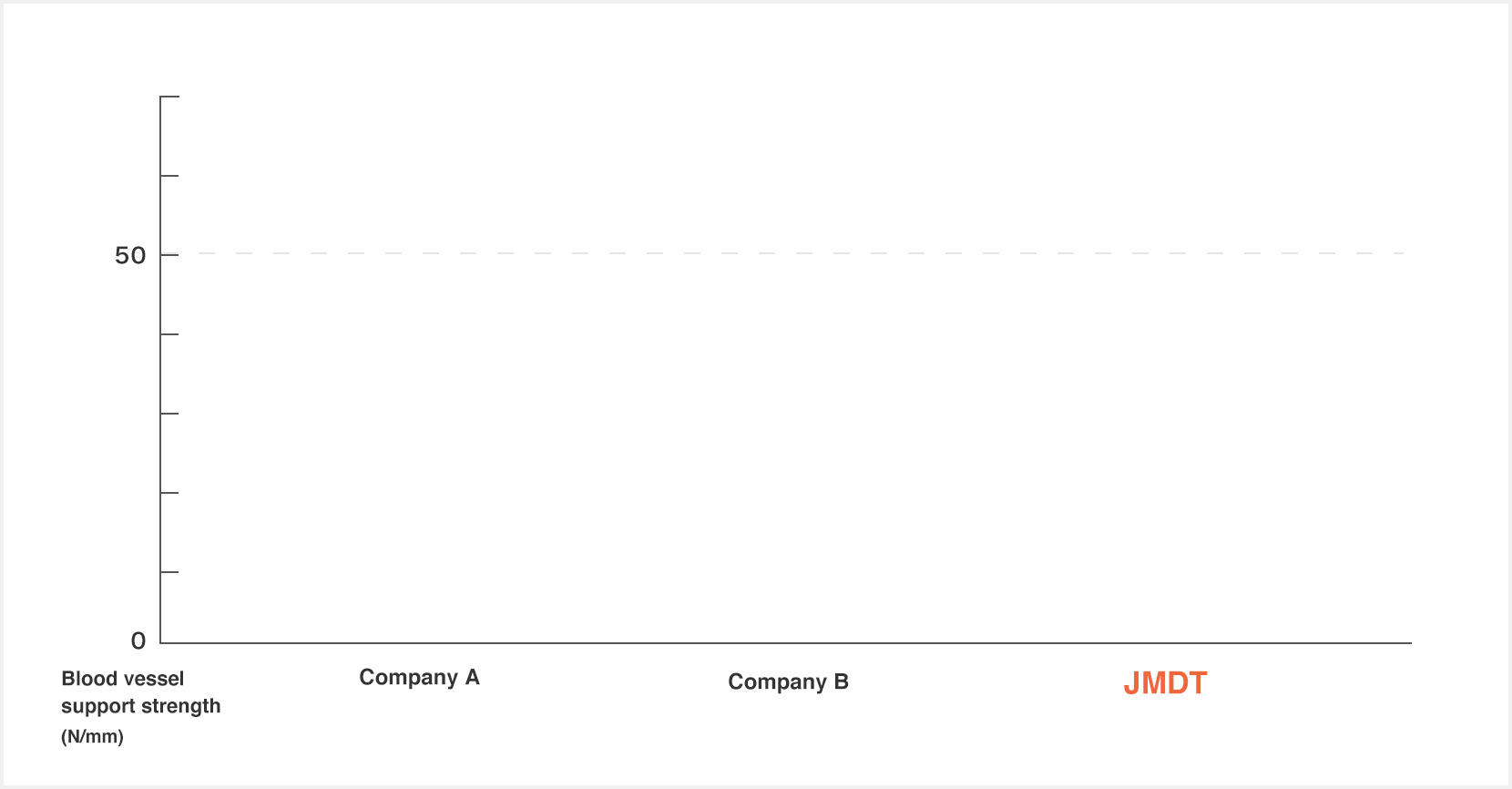
Values in parentheses are strut values.
Profile thicknesses are all 1.06-1.09mm (as measured).
Spec comparison against another stent (Mg・BRS)

Blood Vessel Support Strength, Disintegration, Remodeling
After providing three months of blood vessel support, Mg disintegrates after 18 months (540 days)

The Surface Coating (Polymer)
Functional coating that delivers medicine to the afflicted area
The biodegradable polymer that coats the surface of the magnesium alloy substrate contains medicine that prevents restenosis at the afflicted site. The biodegradable polymer absorbs water in the blood, which causes it to disintegrate and gradually release medicine. It also controls the degradation of the magnesium alloy in order to ensure adequate support of the blood vessel during the recovery period. In addition to having superior safety in the body, the biodegradable polymer used by JMDT possesses the flexibility and adherence needed to conform with changes in shape to the magnesium alloy substrate.
